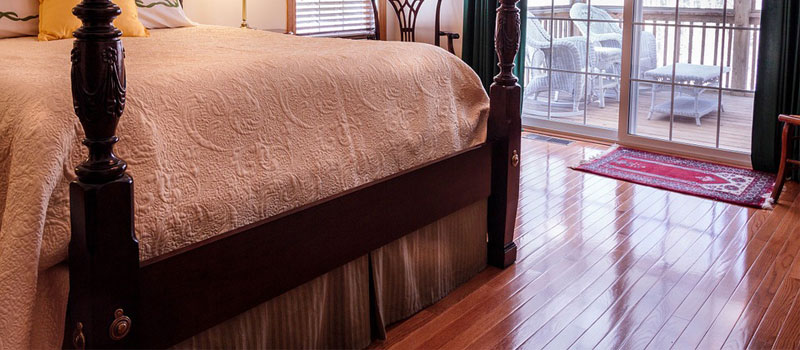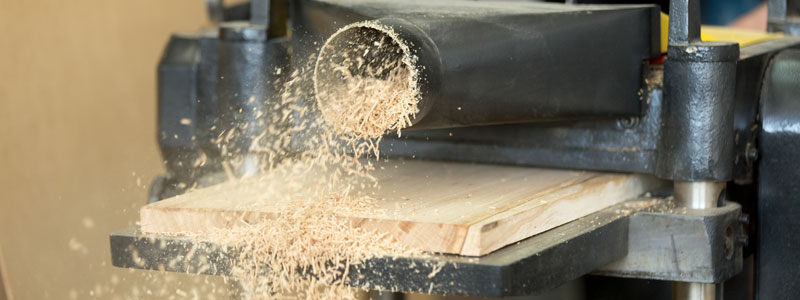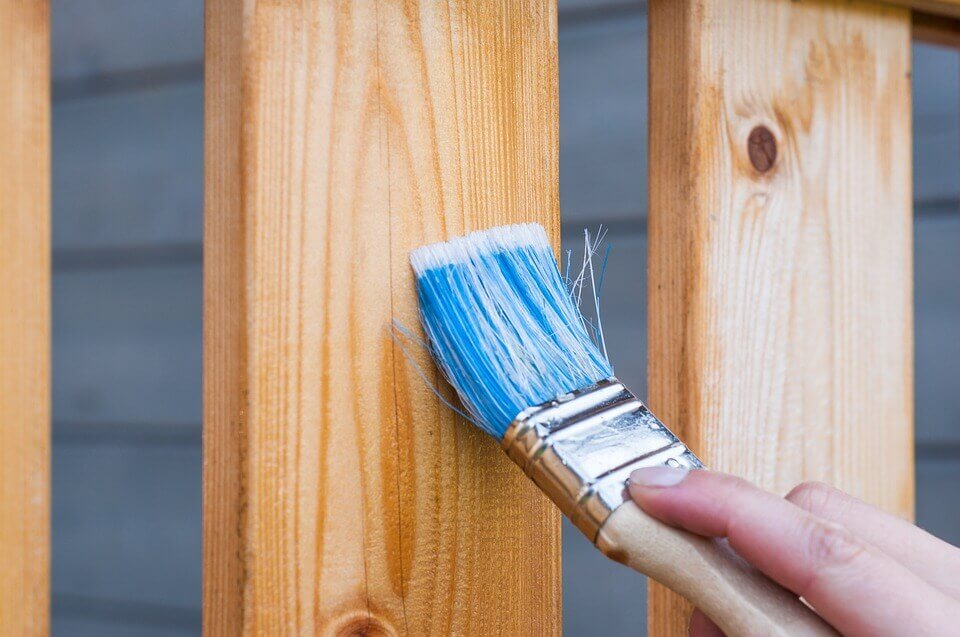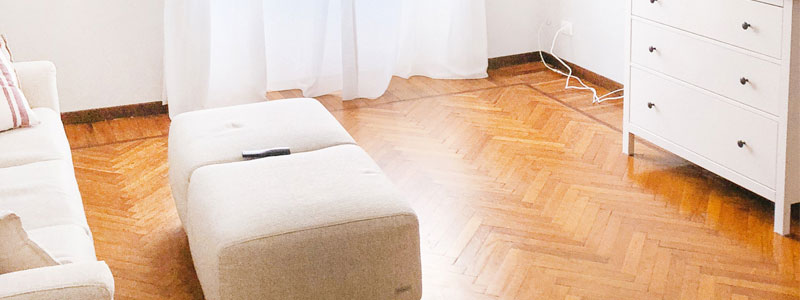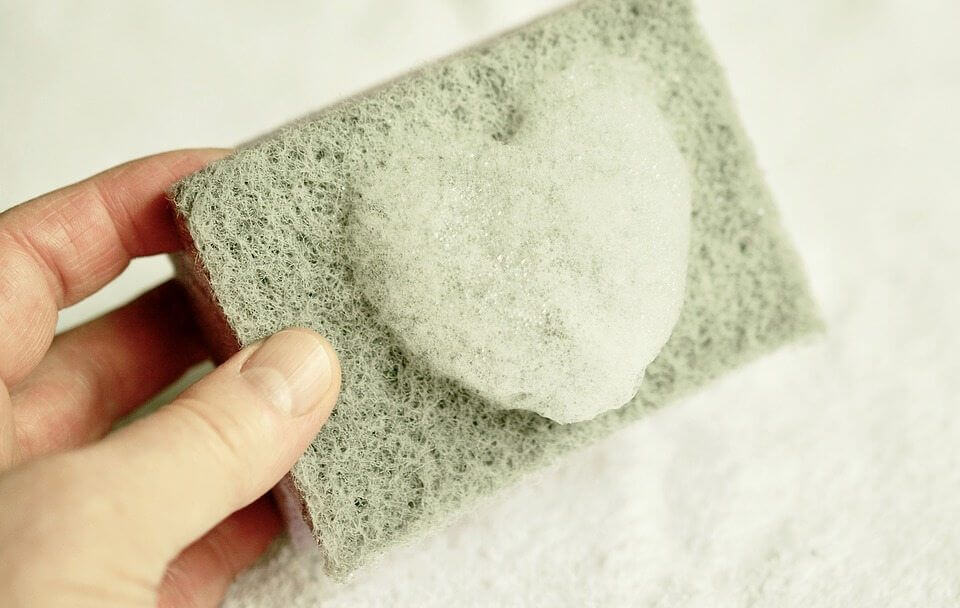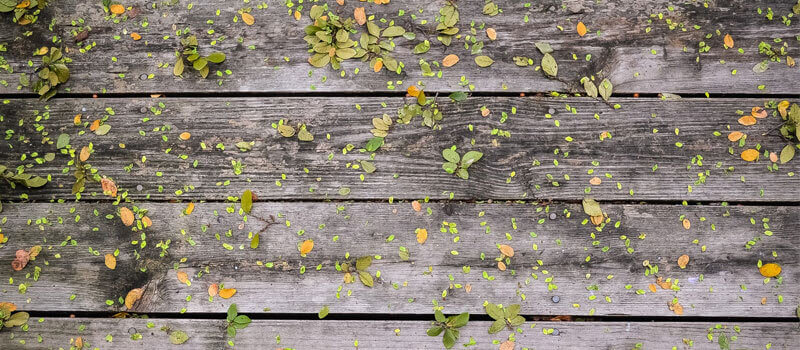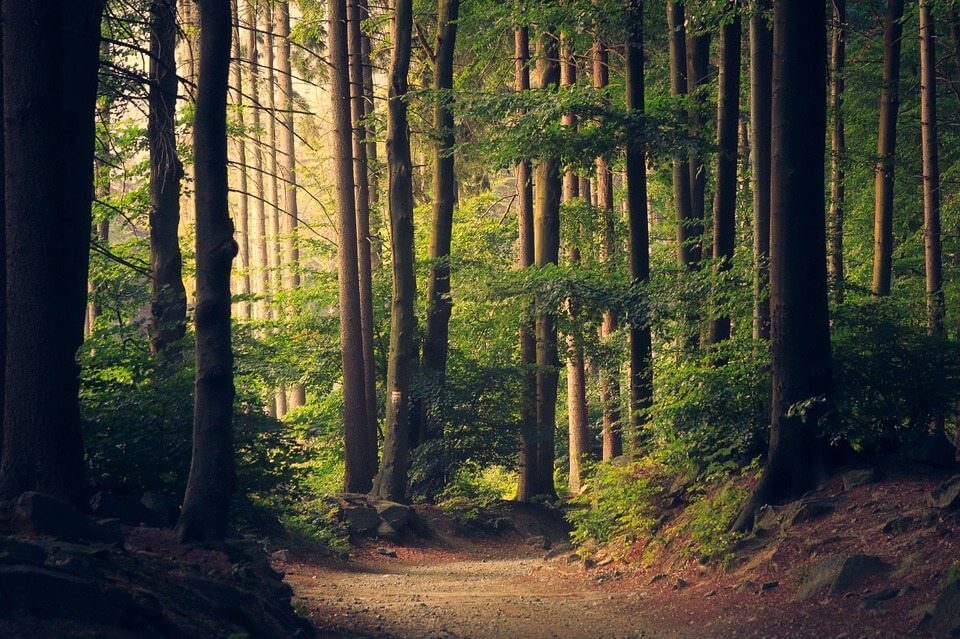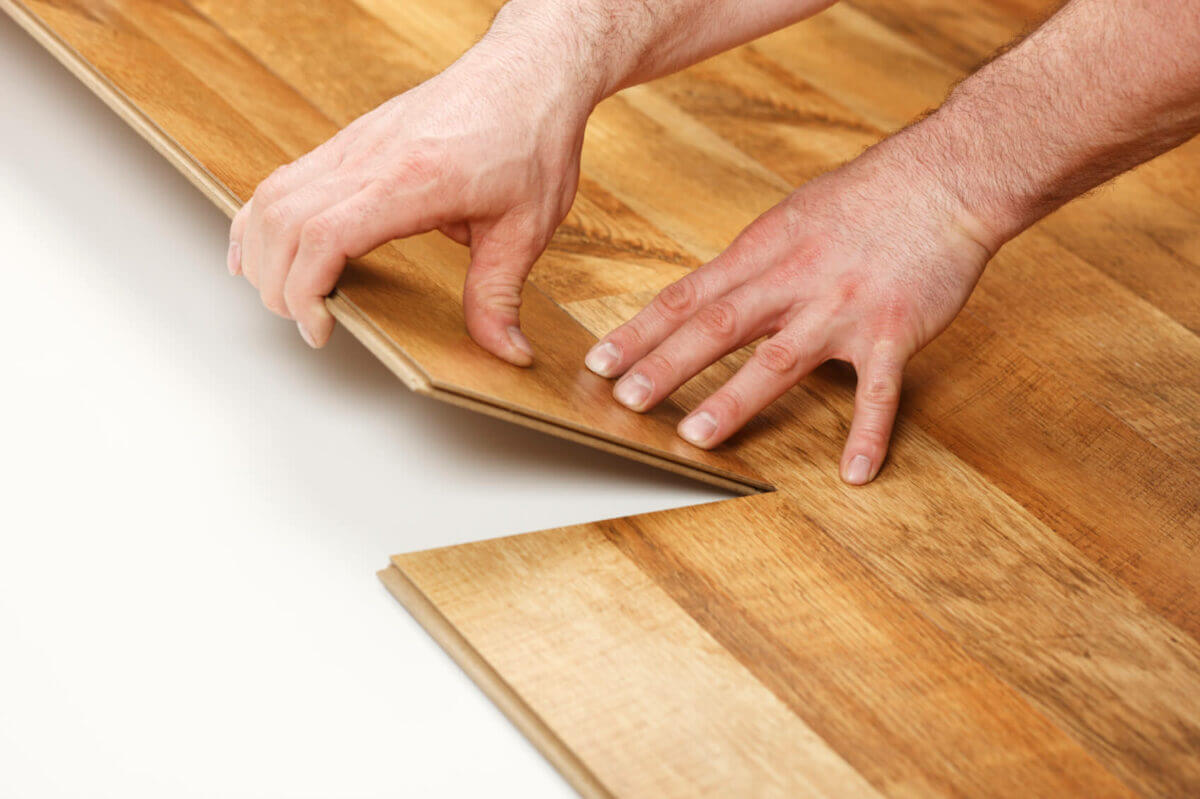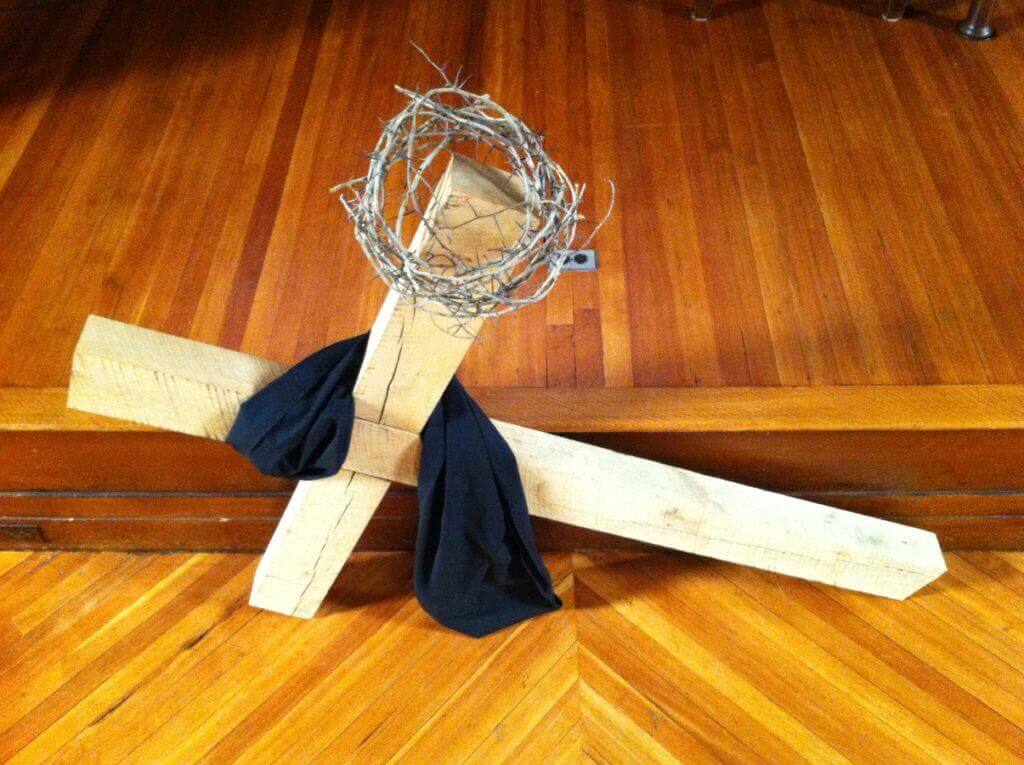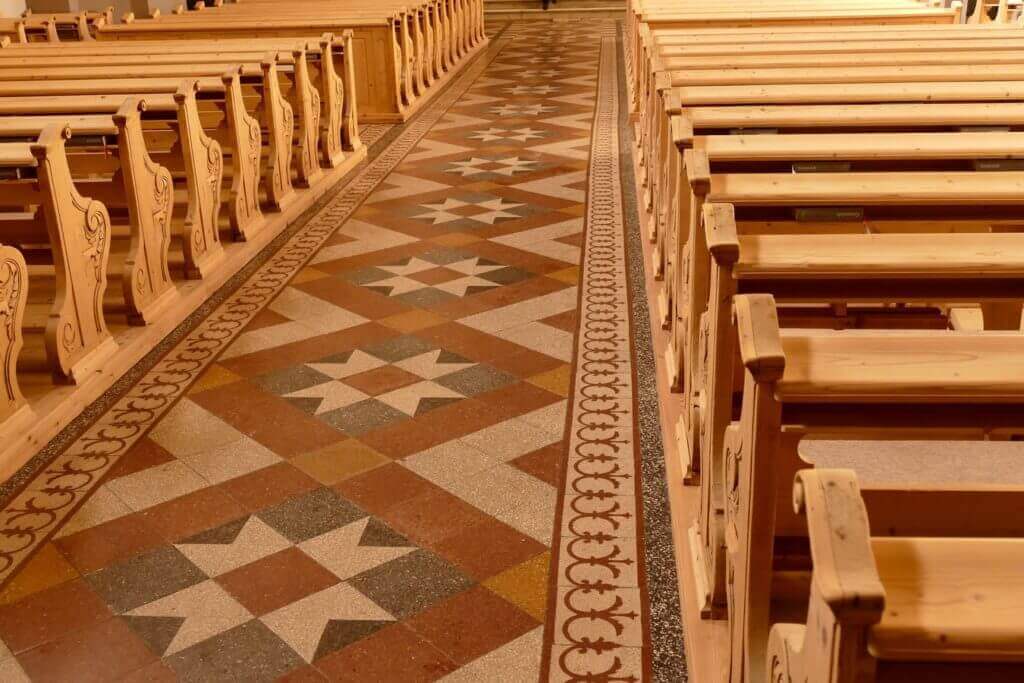Hardwood is always a solid choice when you’re looking for flooring that will withstand the test of time. But you also want a floor that fits the look of your home, something that suits your particular sense of style here and now. These days, this is easily achieved. With the huge variety of finishes, stains, plank sizes, and species of hardwood now available, you get the best of both worlds—versatility and longevity.
So what’s trending in hardwood flooring? Well, while traditional hardwood floors never go out of style, there are some interesting alternatives popping up in design and trade magazines of late.
A hearkening back to old school, vintage styles can be seen in everything from clothing to brand logos right now, and home design has not been left behind. All over the country, people are eager to create a more natural, “authentic” look and feel in their homes and businesses, recalling a time when the world around us had fewer moving parts. Designers are finding that hardwood floors (and walls and ceilings) suit this purpose perfectly. After all, what’s more natural and “real” than wood?
The Natural Look

Getting back to basics, folks are choosing species like pine, maple, and hickory that have naturally rich grains and color, and are dressing them up very little, accent the woodsy origin of the floor. The high gloss finishes popular in the earlier part of last century have given way to satin and, in some cases, even matte finishes. In some cases, people are even opting for oil rather than polyurethane finishes to keep the grain of the wood as exposed as possible. Today’s floors are designed to retain and display as much of their natural beauty as possible, to stunning effect. Wood products are now available with gloss levels as low as 30%, and even lower-luster finishes are expected as the trend continues.
Wider Planks
Another way folks are showing off the grain in their wood is by opting for wider planks than the 2 1/4” to 3 1/2” boards used in most homes through the 20th century. 5”, 6”, or even 7” planks are becoming common in modern homes and flooring is even becoming available in planks as wide as 10” and 12”. In addition to displaying the natural beauty of the wood, the wider planks tend to open up smaller spaces, a desirable quality in cramped city dwellings. They also create a smoother, less interrupted look, which has been enhanced in some homes by using boards as long as 6 feet, producing an even smoother-looking floor with few seams.

The Long-Standing Look
In many spaces, from 18th-century townhomes to modern boutiques, owners want to create or enhance the feeling of a place that has been around for a while. Consequently, distressed and hand-scraped hardwoods continue to gain in popularity. Recalling a time when hand-scraping was the only option for an evening out a floor, planks can now be purchased from the factory “pre-scraped” and installed like any other hardwood floor. Of course, for vintage purists, it is still possible to get a floor scraped by the hands of actual people, but this is a very labor-intensive and accordingly expensive process, and since so few people can tell the difference, few consider it worth the extra time and expense.
Wire-Brushed Woods
One of the ways boards are sometimes distressed is by a method called “wire brushing”. Just what it sounds like, the technique uses a wire-brush to scrape off the soft top layer of the wood, leaving tell-tale marks that at once make the wood look pleasantly worn and less likely to show chips, scratches, and scrapes. Plus, wire-brushing leaves only the hardest wood exposed, revealing more of its natural grains and texture. It’s no wonder, then, that wire-brushed wood is on the rise—it provides a natural and vintage look all at once.
Reclaimed Wood
One surefire way to achieve the vintage look is to use wood that is actually old. In many cases, the wood used is flooring, usually pine, oak, or maple that has been removed from an older home gently enough that it can be refinished and repurposed. In other cases, the wood may come from an old barn or farmhouse, wood barrels, even salvaged logs. This wood tends to have not only a more “broken-in” look, but, because of its age and changes in milling practices, it will often have more knots and heavier graining than new wood, as well signs of its previous life, such as nail markings and fading, all of which give it a unique character that many are finding irresistible. Plus, it’s a great way to keep wood out of a landfill and conserve natural resources.
Varied Board Widths
When wood first became a common material for flooring, many centuries ago, resources were fairly limited, and boards of varying width were sometimes used because that was what was available. These days, varied width boards are used to recreate this homey, old-world feel in new and remodeled homes.
Color
The one area where things seem to be veering away from the old days is color. While these three trends in staining and finishing are by no means new, they have rarely seen the popularity that they do today.
Gray Tones
This is a preference that began on the beaches of the West Coast. It has now reached the East Coast as well, where it has been met with equal if not greater enthusiasm. Most successful on maple or birch floors because of their close-pored cellular structure, the gray “stain” brings out the grain and texture of natural wood. Achieved with a combination of whitewash and ebony stain, its popularity probably stems from the trend toward natural and understated design. Until recently, it could be rather costly to finish floors in this way because it was only available as an on-site option and could be quite difficult to do properly. But with its rising popularity, more and more manufacturers are offering gray prefinished options.
Lime-Washed Woods
Lime washing is actually a very old technique that originated in high-end European flooring in the 16th century to protect against woodworm. Originally, this involved washing the wood with a mixture of lime (the mineral, not the citrus fruit) and water, the by-product of which was a soft, white-washed appearance. These days, a much less stringent liming wax is used, but the visual effect is the same—a sort of breezy, coastal feel perfect for brightening a room subtly and naturally.
Darker Stains
Those seeking a more modern, dramatic look that maintains the class and respectability of traditional hardwood have started opting for darker stain colors like rich, contemporary ebony, warm and dark Jacobean, or deep, red Royal Mahogany. Usually applied to darker woods like oak, cherry, and walnut, these stains create a sleek, upscale look.
For more insights on how designers are using hardwood, check out our recent survey of designers from across the U.S.

